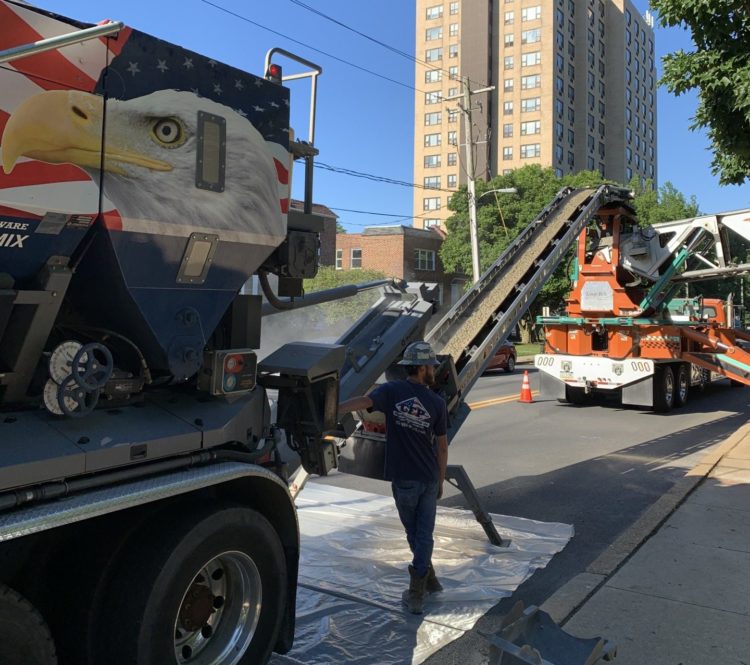During 2018 in the U.S., there was an estimated 88.5 million metric tons of cement produced. A large portion of that figure was undoubtedly volumetric concrete, both for its ease of use and its overall quality. Here’s what to know about it.
What Exactly Is volumetric concrete?
Volumetric concrete is any concrete that has been made to a specific amount using a volumetric concrete mixer, also known as a mobile concrete batching plant. This mixer contains all the necessary ingredients needed to make a batch of concrete. This ease of use and on-site mixing is one of the many reasons volumetric concrete is largely considered to be a superior solution when compared to more traditional barrow mixers.
How Is it Made?
Volumetric concrete is produced in a mixer which is essentially a mobile concrete production plant, making it easy to make needed concrete on-site and in specific amounts. They’re also able to store nearly double the amount of a traditional barrow mixer, making them great choices for large-scale projects which require a lot of material. Rather than mixing the concrete ahead of time and then transporting it to the worksite, a volumetric mixer combines water, cement, and aggregate on-site, removing the need to transport the wet mix entirely.
Why Use Volumetric Concrete?
Using volumetric concrete means only mixing the amount of concrete needed for a specific job. This results in less waste and lower costs. Operators can precisely mix the amount of concrete needed as well as correct batches that run too thick or too thin during the initial pour.
Volumetric concrete delivery is designed to be custom-fitted to the job at hand, meaning little to no wasted material. Each of the components is stored in separate compartments of the truck, allowing an operator to mix exactly the amount needed to complete a job while on-site. This also cuts down on potential travel time and the cost of it, both in time and money.
Volumetric concrete delivery is a great investment for any job site that requires precision and prefers to keep overhead costs as low as possible. Storing components in separate compartments until needed gives an operator unparalleled control over how much concrete is mixed at a time. The result is less waste, lower cost, and a precision amount of concrete perfect for the job at hand.



